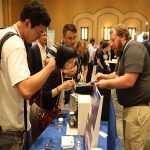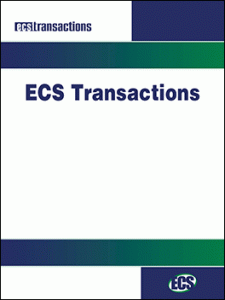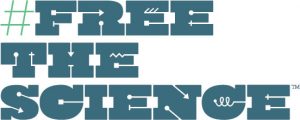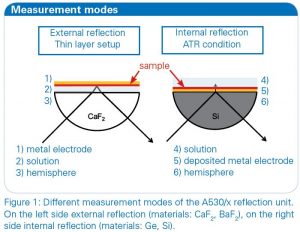
Joseph Cohen
Four years ago, artist Joseph Cohen held an art exhibit in New York City titled “Dasein.” His paintings at the time incorporated materials like gold, silver, platinum, diamond dust, as well as precious and nonprecious pigments.
This caught the eye of scientist Dan Heller, who had attended the event and was very intrigued by Cohen’s work. He told Cohen he had the eye for material science.
“Dan and I spoke at the exhibit. We talked about my process and how I think about the material as a means to more specifically address and understand the kind of human condition and the physical world. We found that this vision could be reflected nicely in some of the materials that he was utilizing in his lab,” says Cohen, who was invited by Heller to work with new materials at The Daniel Heller Lab. “That’s when I became aware that I could work at a more refined, molecular level. I studied and studied, and worked very closely with the people in his lab. I began to research carbon nanotubes and began working with them due to their unique optical and physical properties.” (more…)





 A new issue of ECS Transactions (ECST) has just been published. This issue includes 20 papers which will be presented at the Seventh International Conference on Semiconductor Technology for Ultra Large Integrated Circuits and Thin Film Transistors (ULSIC vs. TFT 7), to be held in Kyoto, Japan, May 19-23, 2019.
A new issue of ECS Transactions (ECST) has just been published. This issue includes 20 papers which will be presented at the Seventh International Conference on Semiconductor Technology for Ultra Large Integrated Circuits and Thin Film Transistors (ULSIC vs. TFT 7), to be held in Kyoto, Japan, May 19-23, 2019.



